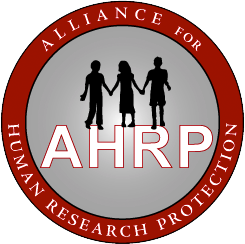“Radium Women” Dial Painters: Unwitting Experimental Subjects, 1920 – 1990
Background: In the early part of the twentieth century, radium was a symbol of science, medicine, and technology; power and wealth. Radium was a luminous vehicle for progress, publicly displayed for a week at the Public Health Exposition in Grand Central in New York (1921) to which medical students, physicians…
